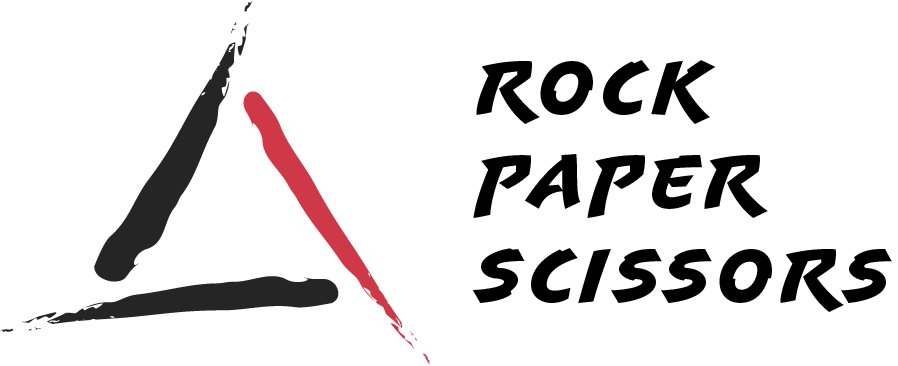“The Scrum Checklists Are The Applicative Tools To Reduce Your Working Load”
There is no one-size-fits-all. Scrum is about a mindset, not a methodology, but scrum checklists are a handy tool. This sprint checklist is tailored to the way our current or experience team is working. In other words, you will likely not be able to apply this checklist to your team with/without modification. Take all the insight and ideas in this article and modify it to fit your business/organization.
Pre-Sprint
- Establish Team and Communication Needs
You should know what the role and everyone’s strengths and weaknesses in your scrum team are, and assign the task to the designated person. A good team is not enough if you don’t have excellent communication in it. Create an established communication path with the stakeholders, scrum master, developer, and product owner to deliver information.
- Populate the Product Backlog
Having a product backlog that makes everyone happy is a must. Create a product that the user journeys can be visualized. Have a transition requirement all fulfil to ease you imagine the user journey. Identify product personas and themes. Most of all, have acceptance criteria and estimates for every sprint to standardize your work.
- Plan the Product/Project Roadmap
Decide the length of each race. Visualize the project roadmap, the release of the roadmap, and the product burndown. Visualizing helps you in planning and anticipate the possible outcome regarding your product.
- Setup the Tools or Infrastructure
Set a tool that helps you manage the backlog. Focus on the tools that help you share information, coding, and testing your work. Setting up the tools from the start in sharing information, coding, and testing will help you and your teamwork in chemistry that creates the results wanted.
- Establish the House Rules or Event
Have a rule that everyone can agree. Answer the what, where, when, who, and how to question in every stage of the process.
During the Sprint
- Execute Sprint Planning
Have sprint goals that are agreeable by everyone. Decide on how you should work together as a team. Is the sprint burndown plotted? Is there a new design to meet the sprint backlog stories? And are there any UI Wireframes? Ask yourself and your team the question needed to provide clarity from the start.
- Execute Daily Scrum and Sprint
Have an up-to-date daily chart to monitor and analyze the project. A hindrance will be faced, and everyone should deal on how to raise, monitor, and remove it as soon as possible. Set scrum emergency procedures so that you will know what to do when there’s a deviation in the project.
- Perform Product Backlog Refinement
Do a refinement to the backlog when it’s needed. Have a clear idea of what/why they should contribute to the vision and add value. Does the project have technical debts that are prioritized and estimated?
- Perform Sprint Review
Update all the progress and review it. Analyze the problem, possible solution, and the upgrade needed towards the product. Clear the “done” and “not done” item. Prioritize the change that happens and delegate the work back to the product backlog.
- Conduct Sprint Retrospective
The time frame will change due to the updated that is created. Have actionable items for improvement. Sharing the change and update is necessary to the other team, and share it appropriately.
Post-Sprint
- Release Product or Transition Product
Have a complete cleanup and data conversion. The pilot activities should be already planned and performed in this stage. Users should also be trained on the system so they can give legit feedback.
- Perform Project Administrative Closure
Have you released the project resources? Does your project information have all been archived? Have you documented, shared, and fed-back the project to the organization process assets? Has the project acceptance been received by everyone involved? Ask this question before finally have a closure in the project.
Conclusion
Scrum is a lightweight process framework. As it is just a framework, you can find the same implementation in the world rarely. Even in company level scrum implementation will be different project by project. Are you using checklists in your daily work as a Scrum Master or agile coach? Please share with us in the comments.
Rock Paper Scissors is the missing link between business and technical world. We translates business language into technical, and technical limitation into business constraints. We guide organization and individuals alike to create their own digital product and navigates all the complexity of product creation process. Find out more.
References
https://agilepinoy.wordpress.com/2018/04/16/agile-project-management-checklist/
https://hackernoon.com/scrum-sprint-planning-checklist-88efc227cc92
